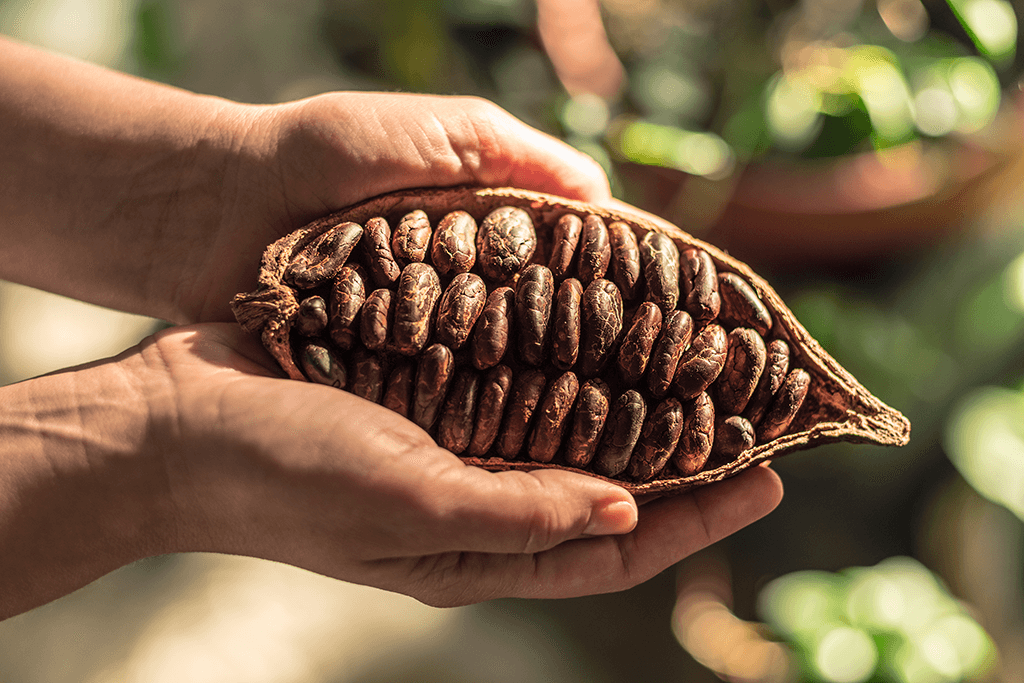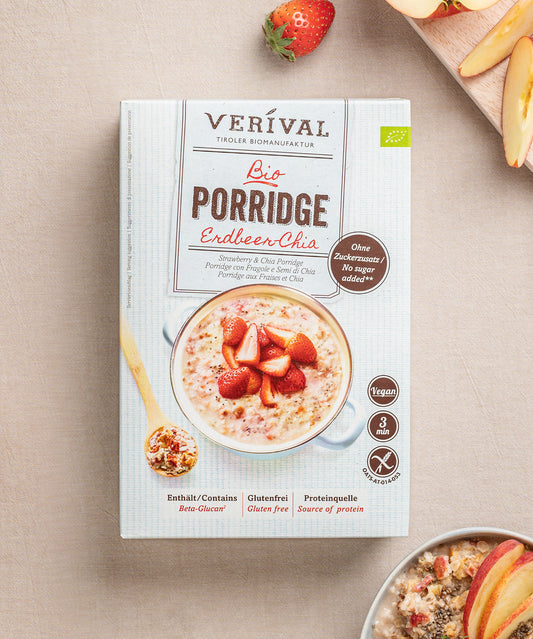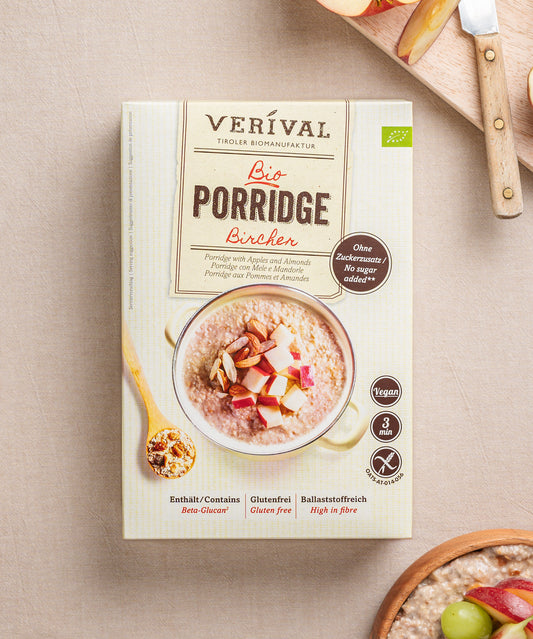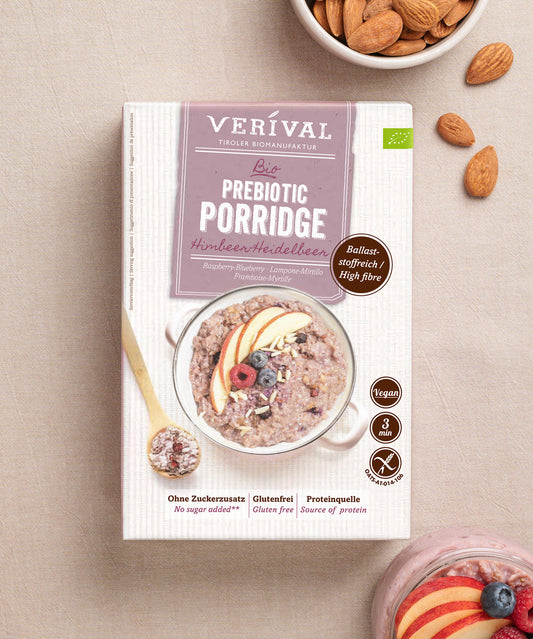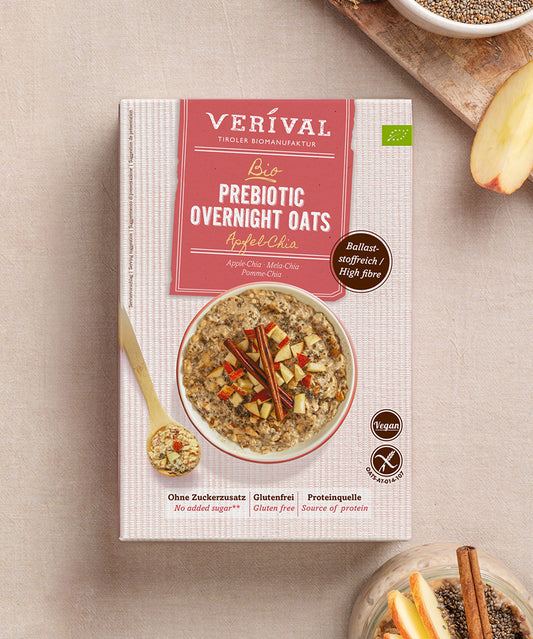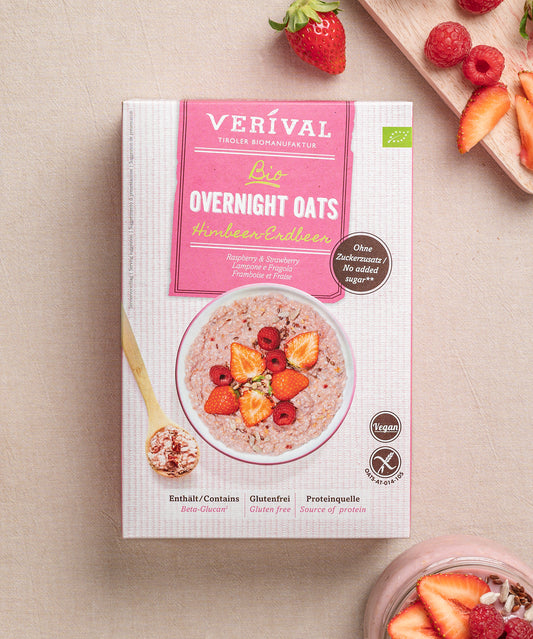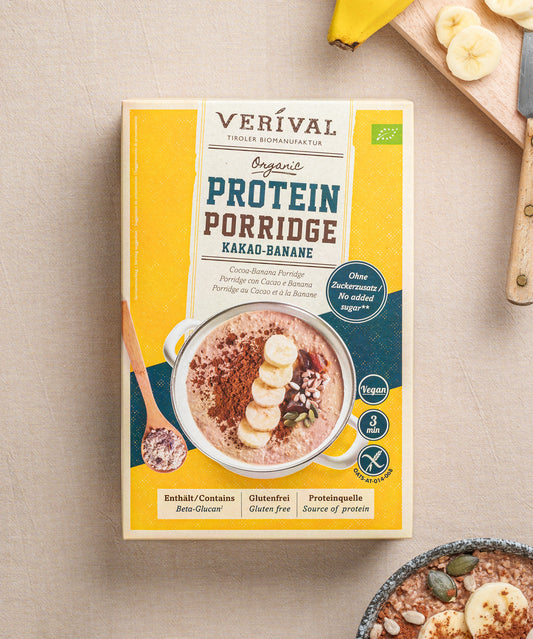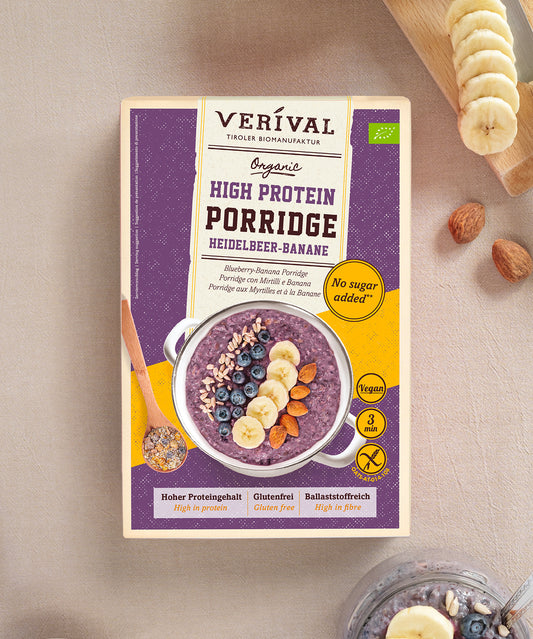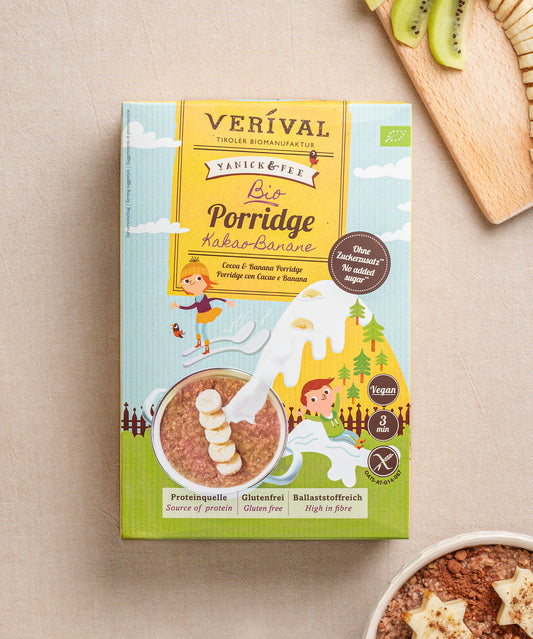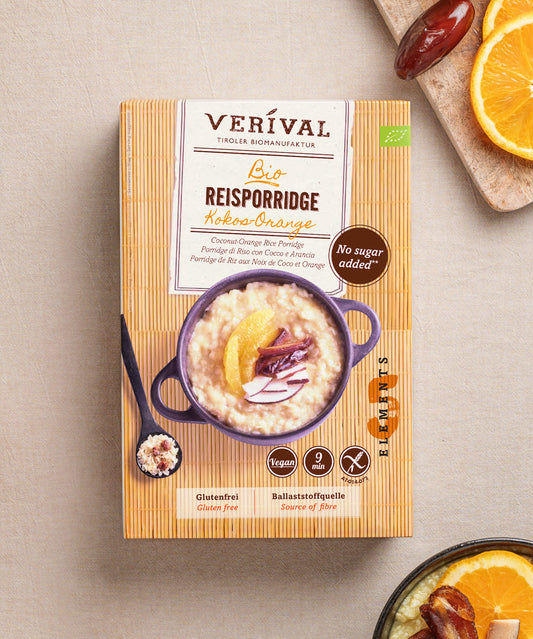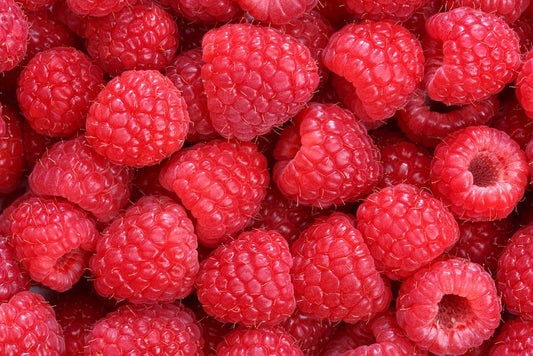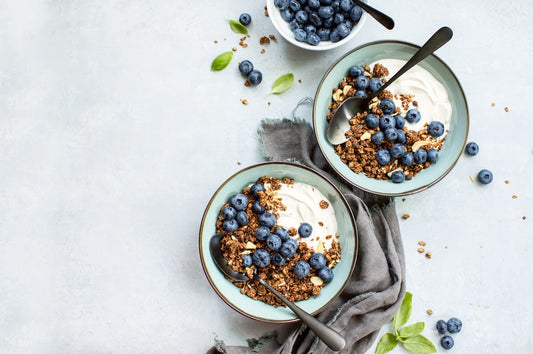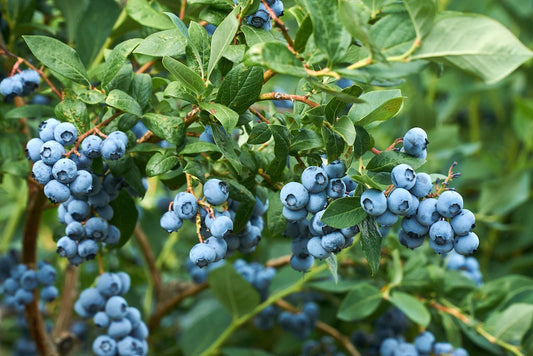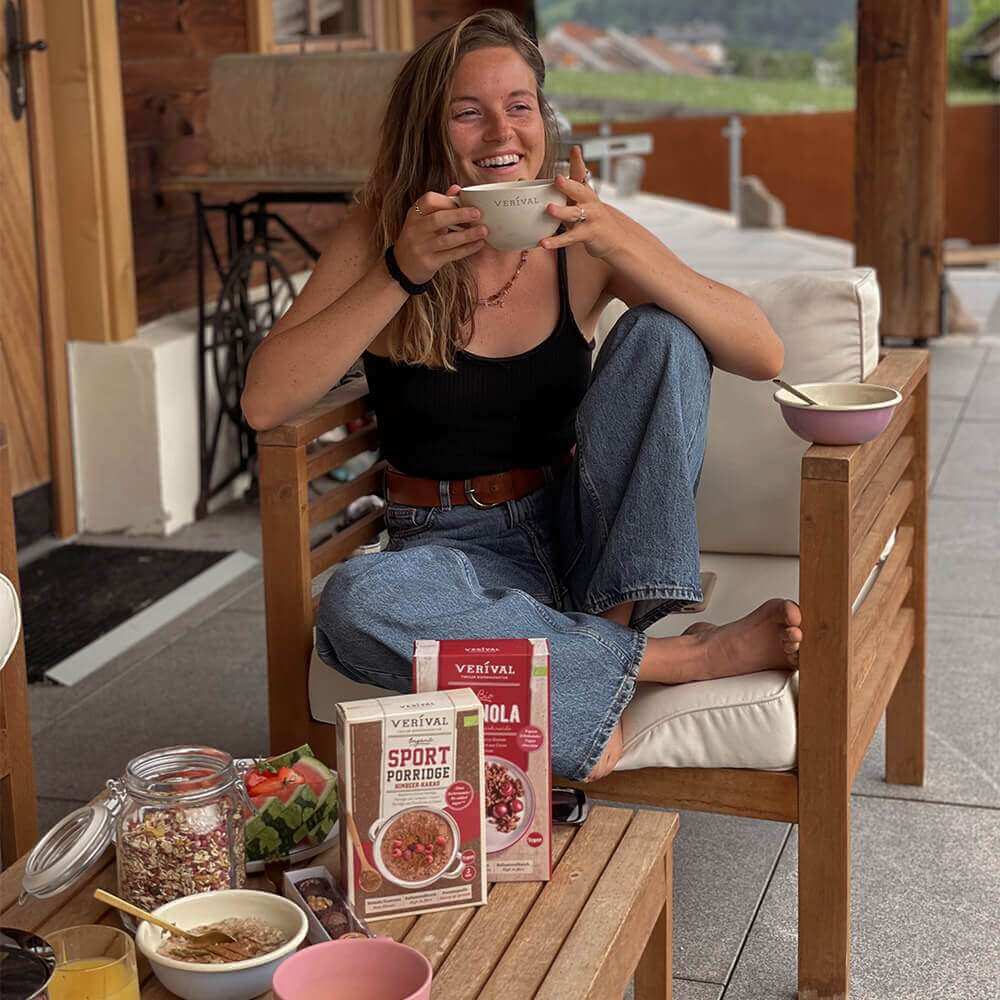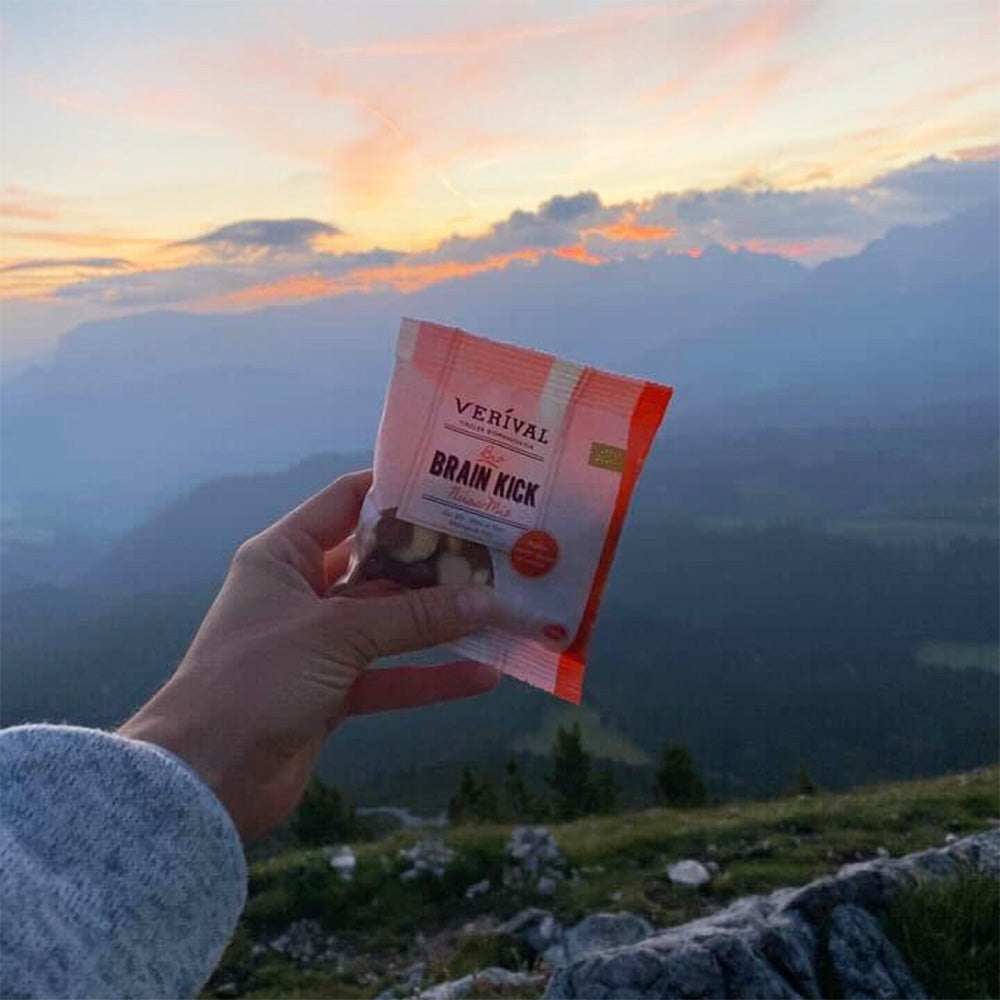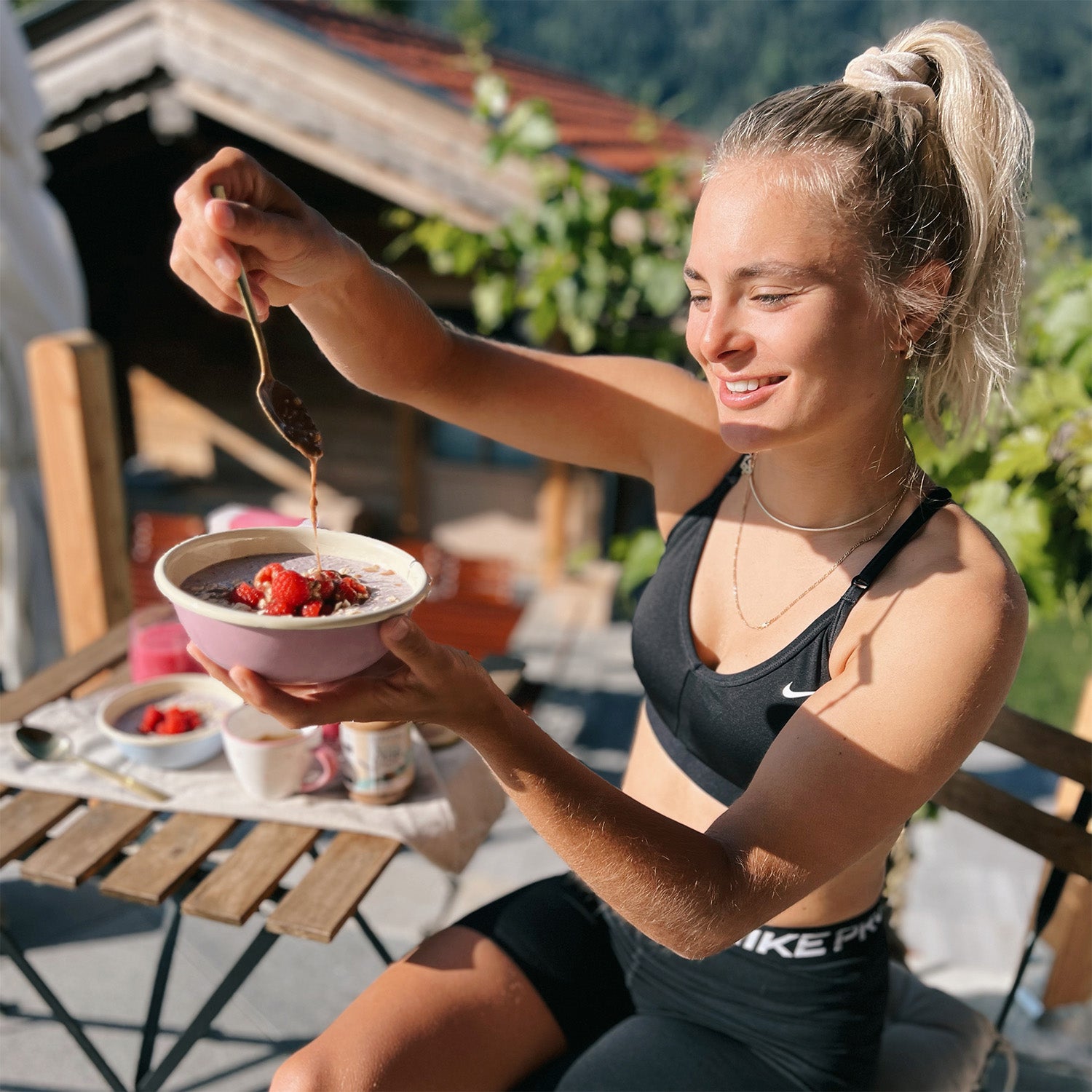Cocoa, a delicious delicacy that enchants us with its aromas and delights us in the form of chocolate and other treats, has a history as rich and varied as its own taste. Join us on a journey into the world of cocoa and learn more about its exciting journey through the centuries.
Discover our Verival Organic Porridge here!
The origins of cocoa
The origins of cocoa go back a long way in history, to an era when the ancient civilizations of Central America – particularly the Mayans and the Aztecs – considered cocoa a gift from the gods. For them, cocoa was more than just a food source; it was a symbol of wealth, power and even spirituality. The beans of the cacao tree had enormous value and even served as currency used for trade.
The cultural and ritual use of cocoa
However, the use of cocoa went far beyond trade. In Mayan and Aztec cultures, cocoa was used in religious and ritual ceremonies. Some sources suggest that they prepared a type of drink that could be considered a precursor to today's chocolate drink. However, these drinks were far from the sweet chocolate we know today, and were rather bitter and frothy. The Mayans and Aztecs mixed cocoa with spices such as chili, vanilla and other local flavors to give it a unique taste.
Cocoa as a symbol of society
In addition, cocoa had a deep symbolic meaning in the social structures of these ancient civilizations. It was used on special occasions such as weddings and religious festivals and was associated with prestige and luxury. The appreciation of cocoa was reflected in its use as a means of payment and in the religious and social customs that were closely linked to this amazing plant.
The origins of cocoa in the ancient civilizations of Central America were deeply rooted in their culture, religion and society. The importance they attached to cocoa goes beyond its role as a food, and shows the fascination and respect that these civilizations had for this remarkable fruit.
The discovery of cocoa by the Europeans
The discovery of America by the Europeans in the 15th century led to the first encounters with cocoa. Christopher Columbus was one of the first to learn about this amazing drink. But it was Hernán Cortés who actually brought cocoa to Europe. There it quickly became an exotic luxury food for the upper classes.
The development of chocolate: from bitter drink to sweet seduction
The history of chocolate began with the use of cocoa as a bitter drink by the ancient civilizations of Central America. Originally consumed as a frothy and bitter-tasting beverage, cocoa beans found their way to Europe in the 19th century. Initially, chocolate was produced and enjoyed as an exclusive delicacy for the upper classes.
Revolution through sugar and refinements
The real revolution in chocolate production began with the addition of sugar in the 19th century. This gave chocolate a pleasant sweetness and made it more accessible to a wider range of people. Over time, further refinements were introduced, such as the development of conching, a process to improve texture and flavor, as well as the addition of milk, which led to the creation of milk chocolate.
Fun fact: cocoa is not sweet at all!
Mass production and variety
With industrialization, the production of chocolate increased enormously. Technological advances enabled more efficient production and increased the variety of chocolate types. From dark chocolate to white chocolate, the chocolate industry today offers a wide range of flavors and textures.
Modern chocolate culture
Over time, chocolate has become a universal pleasure enjoyed in various forms and varieties around the world. From handmade, high-quality chocolates to mass-produced products, chocolate has found its place in our modern culture. Whether as a luxury food, a gift or a culinary ingredient.
The development of chocolate from a bitter drink to a sweet seduction reflects the innovative strength and changing tastes of society. That is why the diversity and constant adaptation of chocolate makes eating a pure pleasure.
You want breakfast without added sugar? This way!
The cocoa industry over time
Industrialization brought significant changes to the cocoa industry. New technologies enabled the mass production of chocolate and other cocoa-based products. This led to broader access to and ever-increasing popularity of chocolate worldwide.
History of cocoa: sustainability and challenges
The cocoa industry faces significant challenges, particularly with regard to its environmental impact. Cultivating cocoa is often associated with deforestation, as large areas are cleared to make way for the cocoa trees. This process contributes to the clearing of rainforests, which in turn has negative consequences for biodiversity and the ecosystem. Furthermore, growing cocoa on a large scale often requires the use of pesticides and chemicals that can pollute the environment.
Social and economic challenges in cocoa history
Aside from the environmental issues, cocoa-growing areas often face social and economic challenges. Many farmers who grow cocoa live in poverty and struggle to earn a decent income. Working conditions are often poor and many farming families are dependent on unstable sources of income. These are also highly vulnerable to price fluctuations in the global market.
Sustainability efforts in the history of cocoa
Despite these challenges, there is a growing movement towards more sustainable practices in the cocoa industry. Organizations, companies and governments are working to develop solutions that improve both the environmental impact and the social aspects of cocoa farming. Programs for certifying sustainable cocoa, such as Fair Trade and Rainforest Alliance, are becoming more and more popular and set standards for environmentally friendly cultivation and fair working conditions.
Do you love overnight oats? So do we! Discover our variety here.
History of cocoa: the importance of sustainability
Sustainable cocoa farming is crucial, not only to protect the environment, but also to ensure the livelihoods of farmers. Therefore, by protecting rainforests, promoting organic farming methods and improving working conditions, the cocoa industry can make a positive contribution to the environment and the social development of communities.
The future of cocoa growing depends on how successfully the industry rises to these challenges and how consistently it embraces sustainable practices. Promoting environmental protection and social responsibility will be crucial to ensuring that cocoa remains available and sustainably produced for generations to come.
The history of cocoa: a summary
Cocoa has a long and fascinating history, spanning from its role as a divine gift in ancient civilizations to its current global popularity. From its discovery by Europeans to the modern cocoa industry, this commodity has steadily evolved. Despite challenges, sustainability and innovation are at the heart of the future of cocoa.
Cocoa's journey through the centuries is not only a story of pleasure and seduction, but also a story of culture, trade and human progress. May this delicate fruit continue to delight our palates and remind us of the diversity and complexity of its history.
Frequently Asked Questions
Where does cocoa come from?
Cocoa originally comes from the rainforests of Central and South America, particularly from countries such as Mexico, Guatemala and Ecuador.
Is natural cocoa really so bitter?
Yes, natural cocoa is usually quite bitter. Its original flavor is tart and strong before it is processed and mixed with other ingredients such as sugar.
How are cocoa beans made into chocolate?
Cocoa beans are fermented, dried, roasted and then ground. The resulting cocoa mass is then processed into chocolate with sugar and often milk.
Which countries are the largest cocoa producers?
The largest cocoa producers are countries such as the Ivory Coast, Ghana, Indonesia and Nigeria, which together provide a large part of the world's cocoa harvest.
What is the difference between raw cacao and chocolate?
Raw cacao is unroasted and less processed than chocolate, so it contains more natural nutrients.
How does cacao farming affect the environment?
Cocoa farming can have a negative impact on the environment, as it often contributes to deforestation of rainforests and environmental pollution from pesticides.
Why is fair trade cocoa important?
Fair trade cocoa aims to ensure fair wages and working conditions for cocoa farmers. It supports sustainable practices and helps improve living conditions in growing regions.
How do you prepare cocoa properly?
Cocoa can be prepared in a number of different ways. You can mix cocoa powder with hot milk or water and add sugar or other flavors to taste to enjoy a delicious cup of cocoa.

